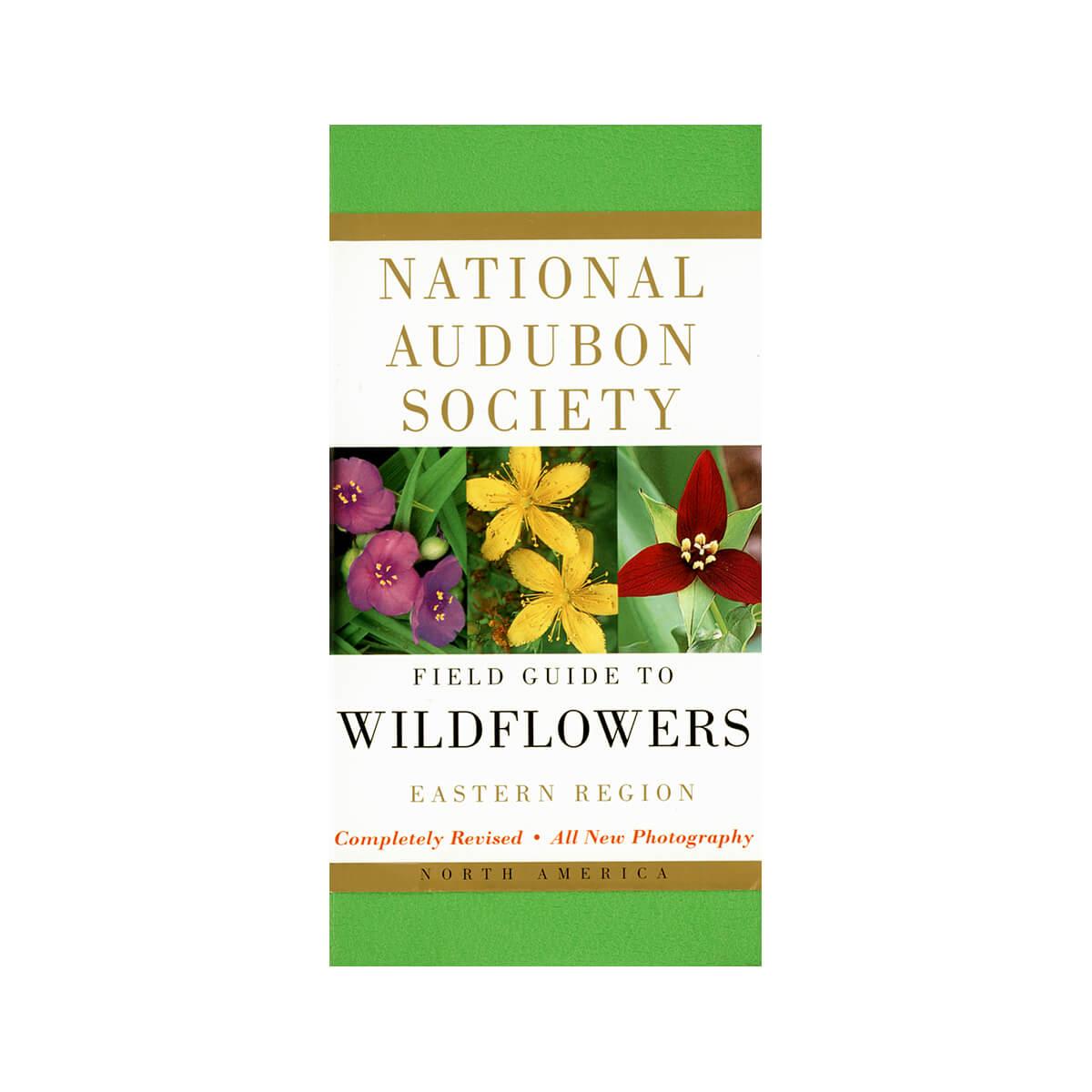On identifying any plant, you must be able to be SURE what you are dealing with. There aren't that many deadly poisonous plants in North America, but one is all it takes. For example, Poison Hemlock (Conium maculatum) grows throughoug the USA and it closely resembles several other plants that have both medicinal and culinary uses. But there are POSITIVE identifiers to show you the difference (like bruise-like stains or spots on the stems).
In many photos, wild plants are surrounded by... other wild plants, so that only someone who already knows the focus plant can positively identify it. Meaning if you don't know, you will see only a mass of green.
It would be helpful to have three types of images: drawings; carefully taken photos of the plant in situ; and photos of the plant spread on a plain background, spread out so you can identify the different parts.
So...
Three must useful websites for identifying wild herbs are:
1.)Drawings:
http://caliban.mpiz-koeln.mpg.de/~stueber/lindman/
581 drawings by Carl Axel Magnus Lindman
Bilder ur Nordens Flora c.1901-5
2.)Good Photos (galleries and flash)
http://www.stevenfoster.com/photography/
Steven Foster Photography
3.)Plant on Background Photos
http://www.belleuropa.net/cassinazza/fiori/elenco_latino.htm
Flowers alphabetically, by botanical name.
By Giussago, Pavia
4.) Plants Database - USDA - Example: -X-Poison Hemlock-X-
http://plants.usda.gov/java/profile?symbol=COMA2
Also take a little time to learn the botanical names and different terms used to describe the types of leaves, flowers, etc. You won't do it all at once, but over the months and years you'll accumulate a lot of knowledge. Botanical names are essential if you are going to learn very many plants, or if you intend to travel, for there are all kinds of "Pig Weeds" or whatever.
Since all Herbs flower, what better way to identify a "herb" than by its flowers"
There's a great field guide with colored flowers, and the flowers are organized by color and by SHAPE. The system is ingenious and VERY easy to use. This book is divided into two volumes for North America.
National Audoban Society Field Guide Wild Flowers Eastern

Peterson's Field Guide is also useful, but there are no photos and some people don't care for the line drawings.

All useful. All FUN. I hope you agree, BECAUSE...
I seem to have a predilection for being taken the wrong way by certain people. I once had a wonderful girl for a friend, who lived out of state. One day (long ago) she was visiting her family here and we got together to walk through a very wild park with lots of trails and areas full of amazing plant and animal life. I brought along my Audobon Plant Guide because I value my time and I expected to see something I'd not seen before in my quest to learn ALL the plants that grow wild in our area. Long story short, she got all huffy and told me that she just wanted to "groove" on the plants and didn't go for all that left-brain stuff. I begged to differ and she ended up stomping off, never talking to me again. And that after I'd stood guard so she could pee discreetly beneath a bush! What gratitude! I hope she never mistook Poison Hemlock for a Wild Parsnip. (!)